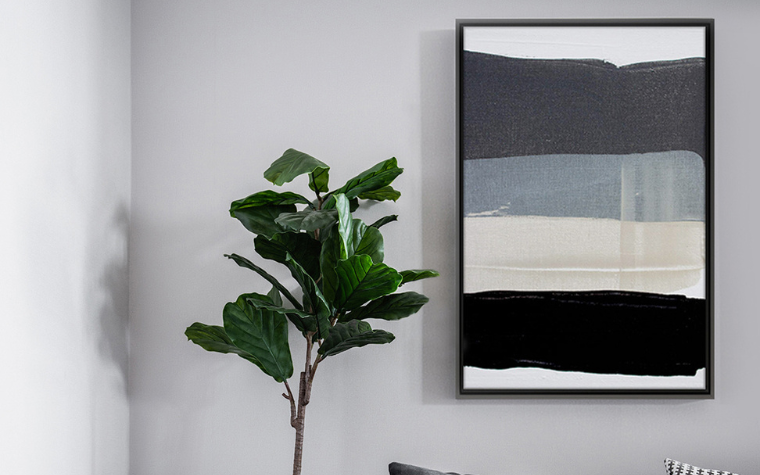Art Style Education: Abstract 101
At iCanvas, we want to make appreciating art easy and fun for everyone. This blog series is designed for art lovers of all backgrounds to shed any fear, get equipped with the basics, and feel empowered to appreciate various art styles and movements.
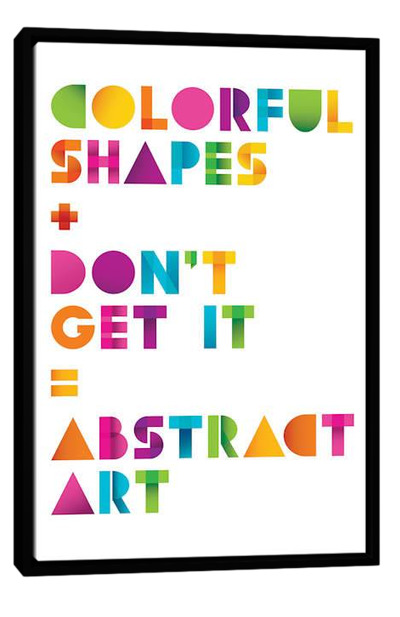
All that being said, hey — we get it. When it comes to abstract art, sometimes, it’s just hard to understand! If you find yourself perplexed when viewing art seemingly comprised of formless paint splatters, rest assured you’re not alone. Here’s a breakdown of abstract art basics, along with various subsets that might speak to you.
What Is Abstract Art?
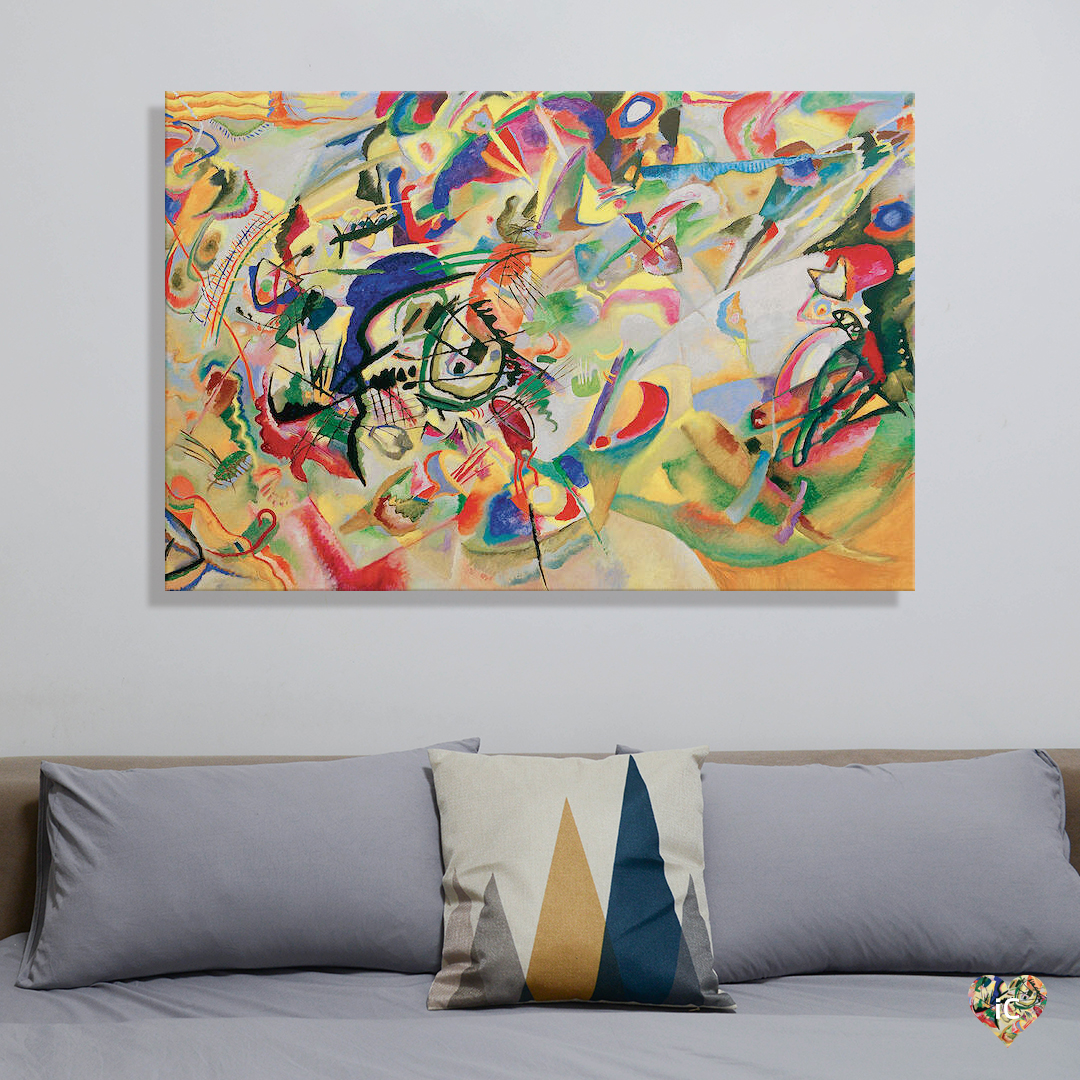
Abstract art conveys concepts you won’t find in physical or visual reality. Abstract artists freely use color, shape, and form to communicate intents that are left to the viewer’s interpretation. If the name “Kandinsky” comes to mind when you think “abstract,” it’s for a reason! While humans have probably created abstractions for ages, experts often credit Wassily Kandinsky as one of the movement’s token artists. His “lyrical” approach to color and shape, seen in the image above, carries the hallmark traits of the abstract art we envision in our minds. The prints below by some of his contemporaries can also be considered classic abstracts.
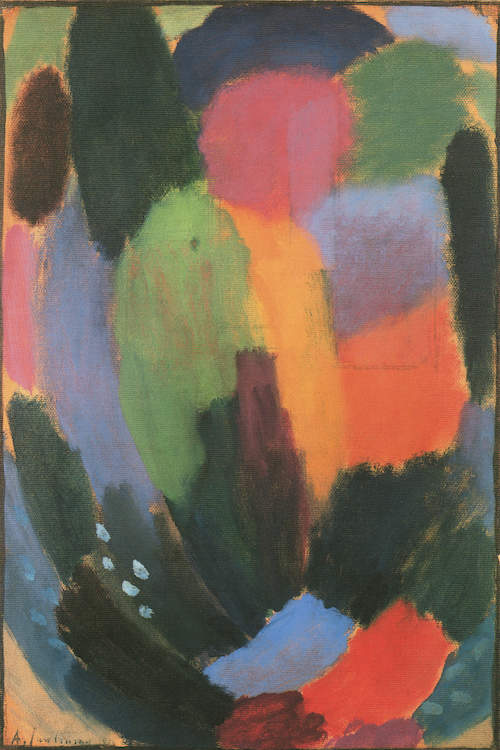
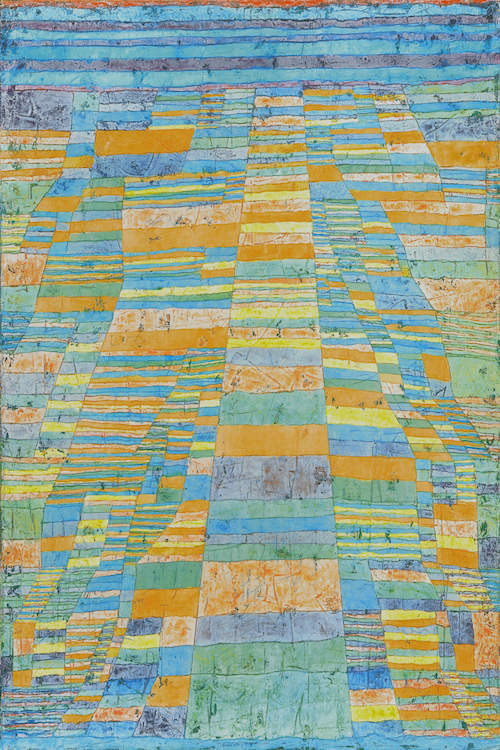
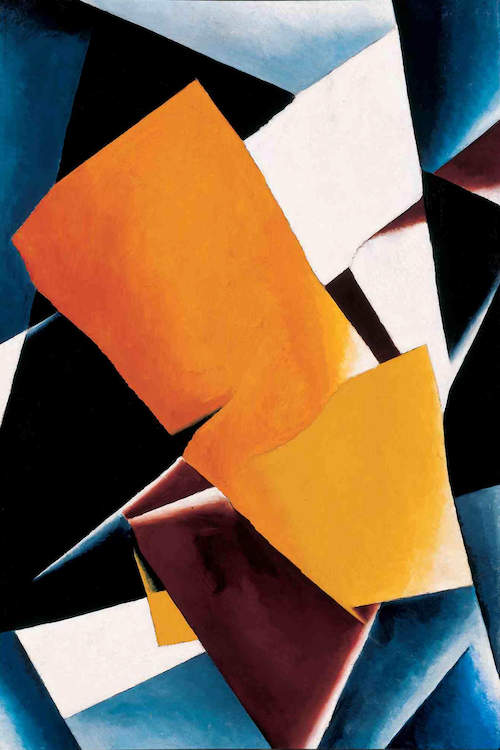
Abstract Expressionism
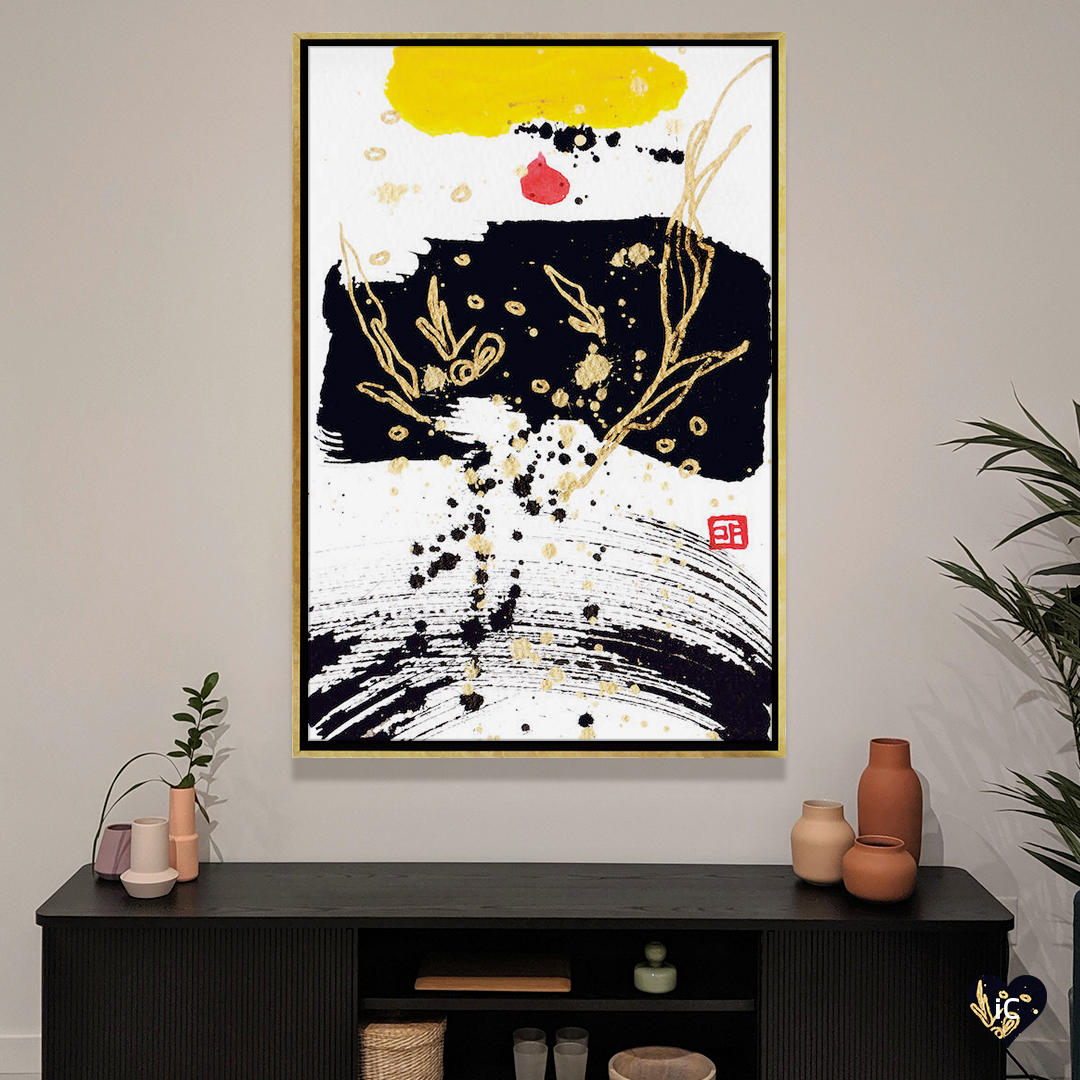
Today, abstract art is an umbrella covering a vast range of subcategories. One subset directly influenced by artists like Kandinsky is abstract expressionism, which prioritizes the artist’s authentic approach to creation, and is visually characterized by a spontaneous and liberal application of materials. Classified in some circles as “action painting,” this style is all about the process, allowing the brush to be the conduit between the artist’s intuition and the canvas. Below are a few examples of abstract expressionism by contemporary artists.
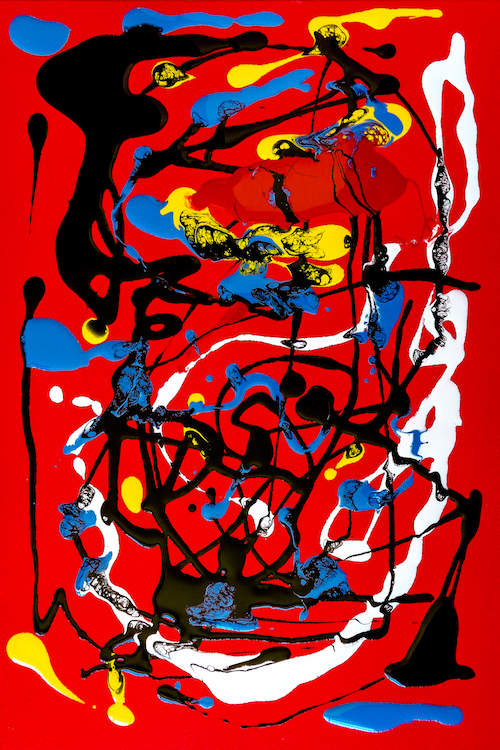
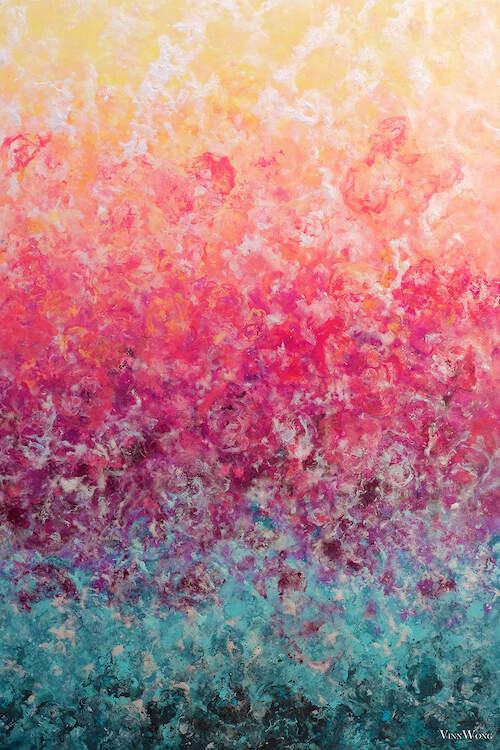
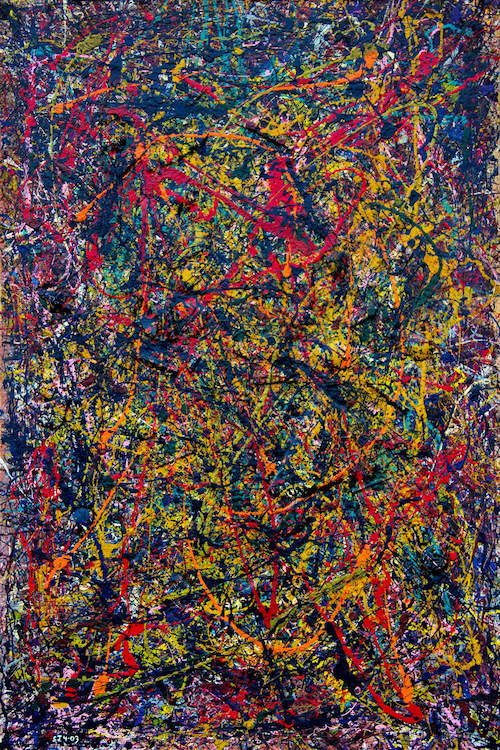
Minimalist Abstract
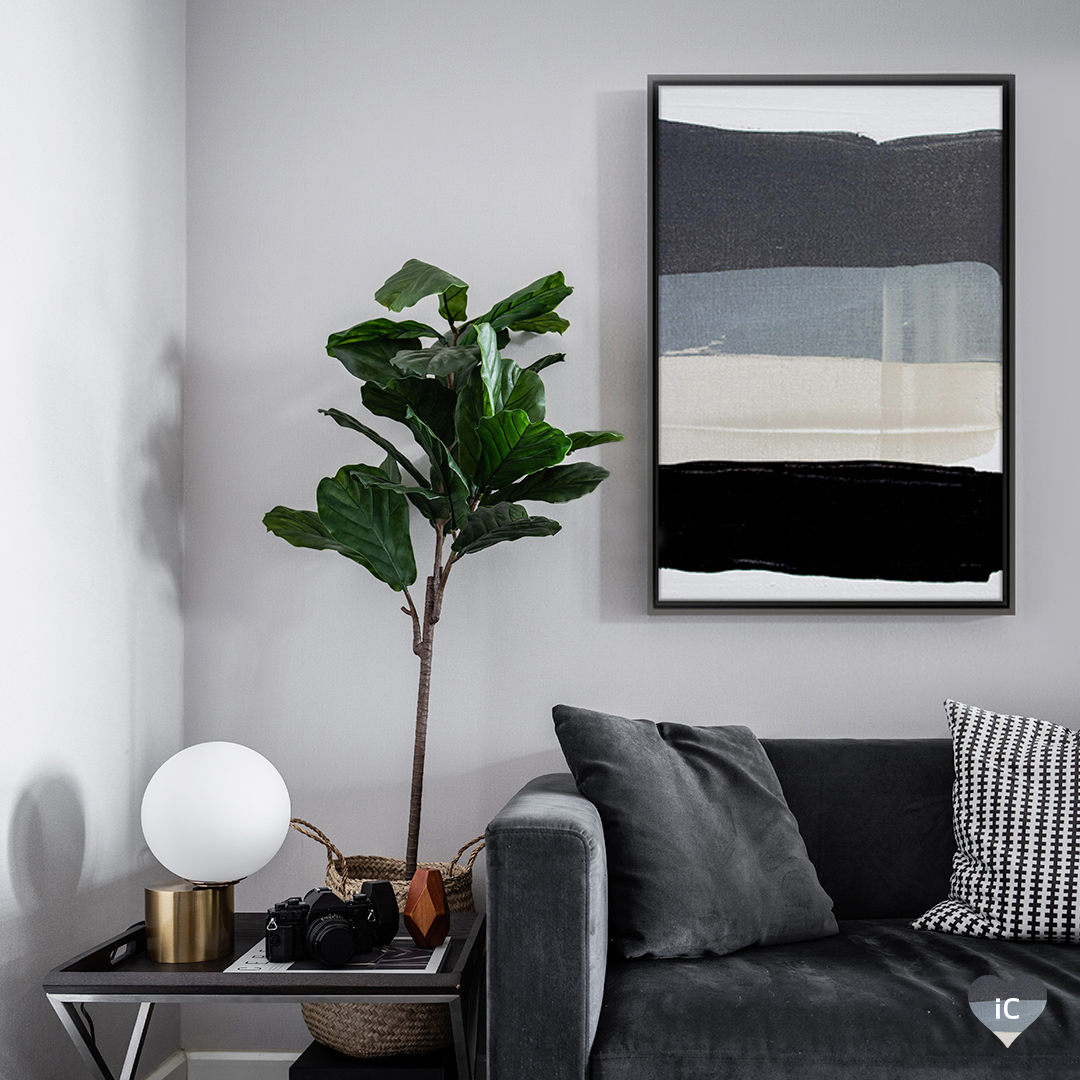
With every action comes a reaction. In direct response to abstract expressionism comes minimalist abstract, which embraces the purity and simplicity of shape, form, and color. While still a form of artistic expression, the visual representation is less a cathartic overflow of emotion, and a bit more stripped-down, allowing distinctive colors and forms to speak for themselves. Below are a few examples of minimalist abstract by contemporary artists.
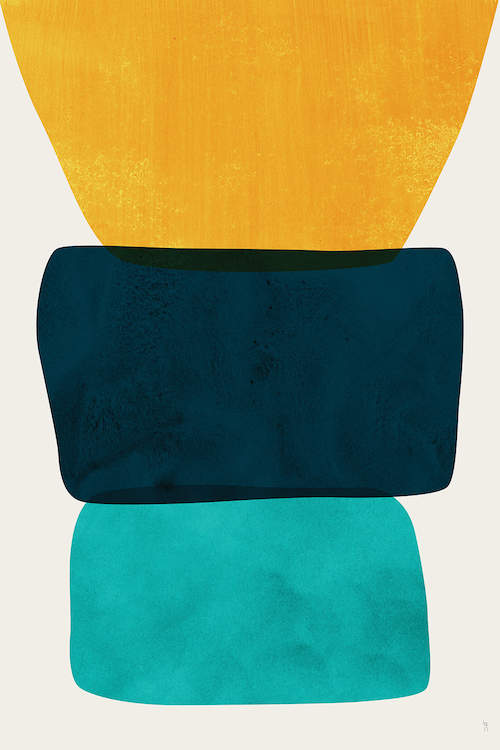
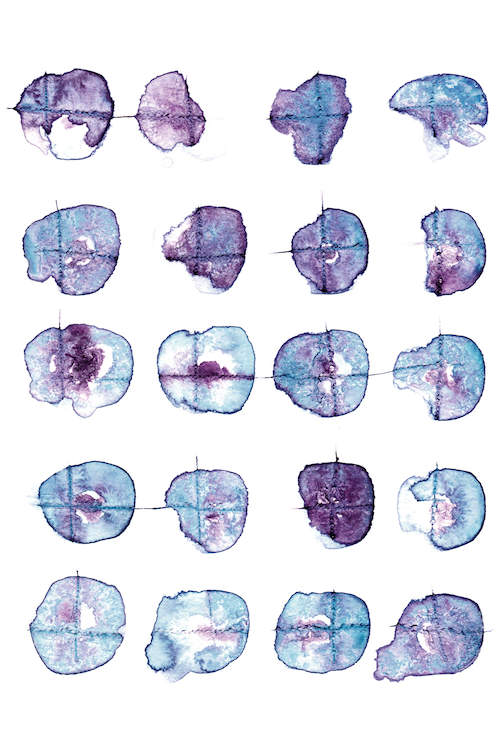
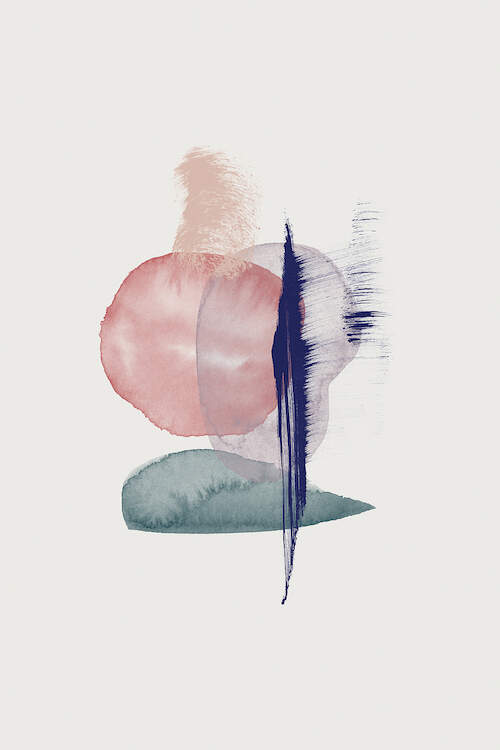
Abstract Photography
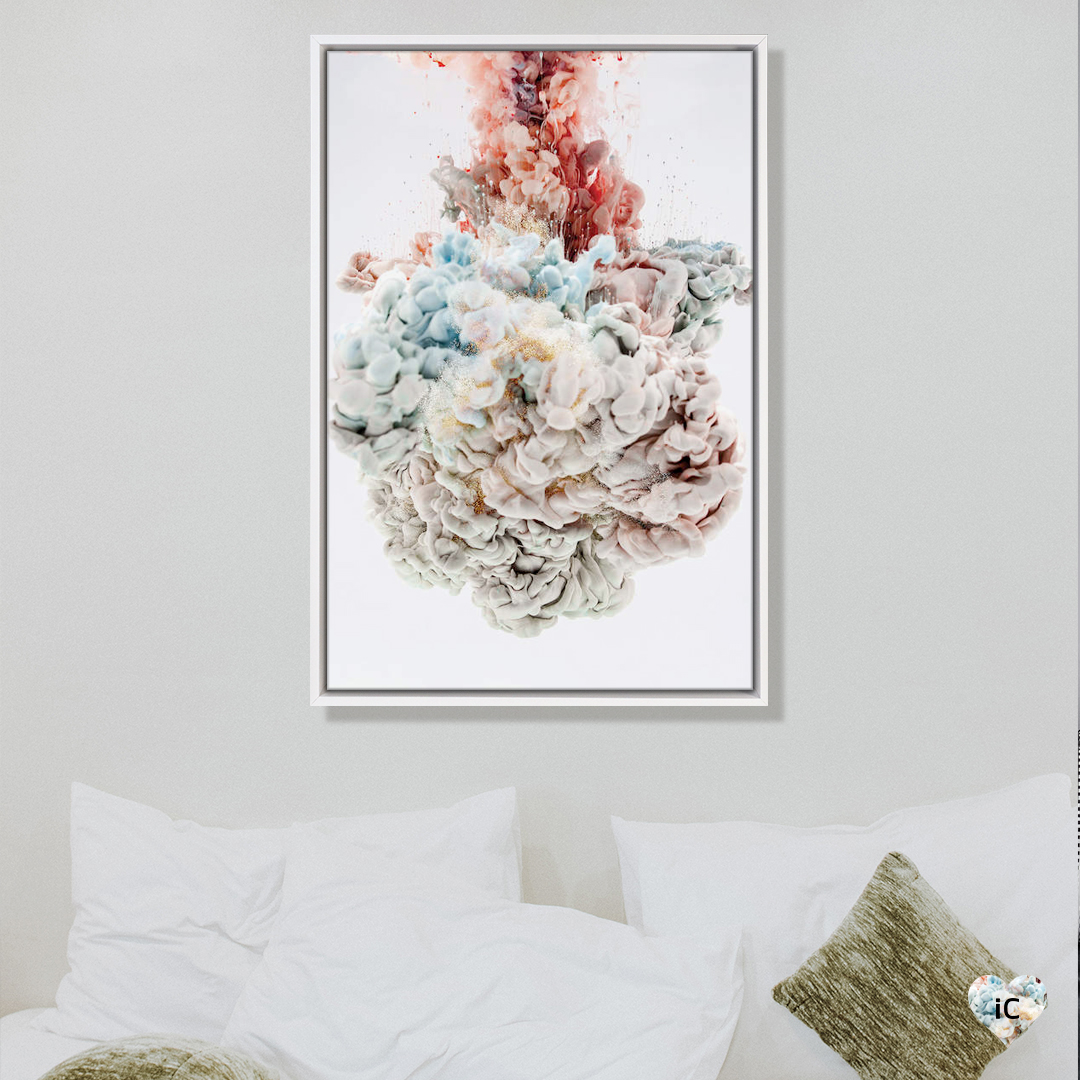
Since the 19th century, the development of the camera has opened the door to a whole new world of art. Yes, abstract even spans to photography, which uses the medium to intentionally warp perceptions of common subject matter, rendering it unidentifiable to the viewer. For a device that was designed to capture real life, the fact that artists use it to depict the exact opposite is pretty creative. Below are a few examples of abstract photography by contemporary photographers.
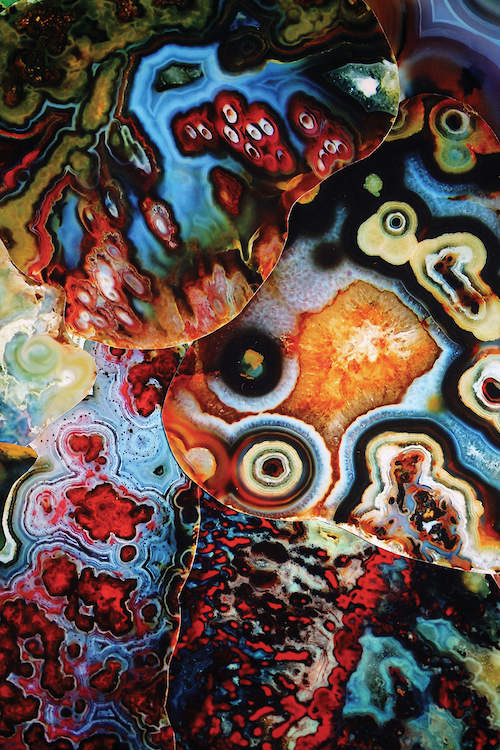
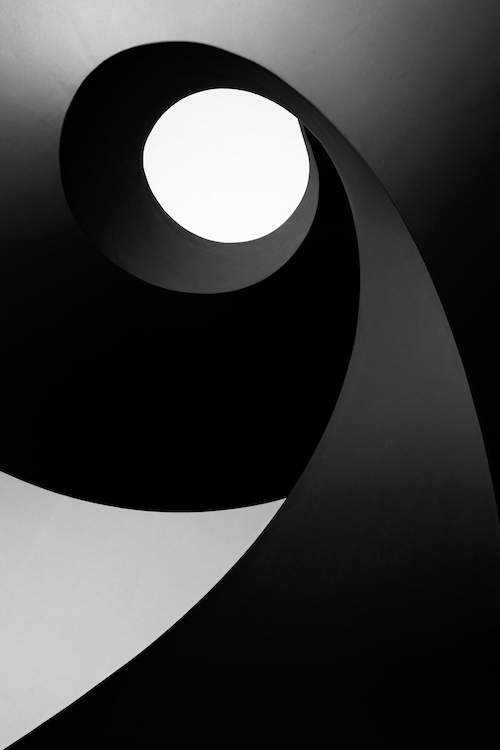
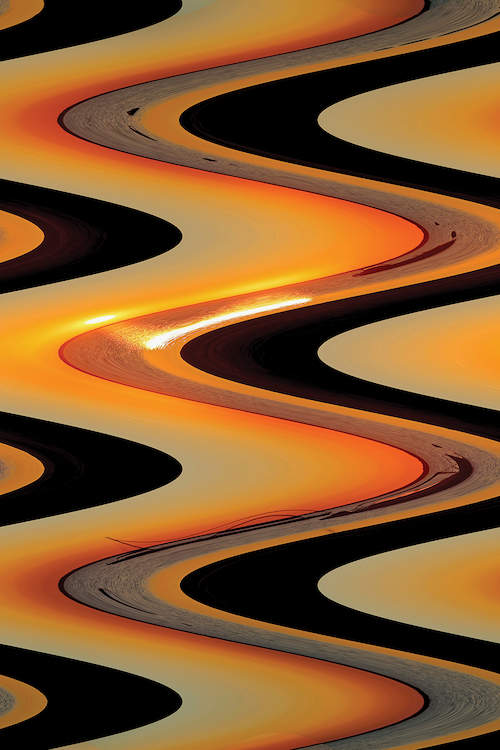
iCanvas has a huge variety of abstract art, making it easy to find one that fits your personality. Browse prints from one of the categories above, or discover others available in iCanvas’ complete collection of more than 26,000 abstract prints.
Sources: Tate Modern; The Art Story

